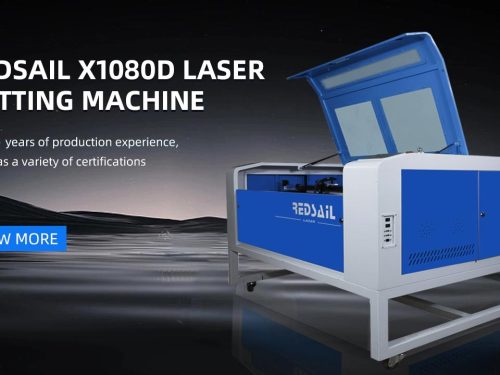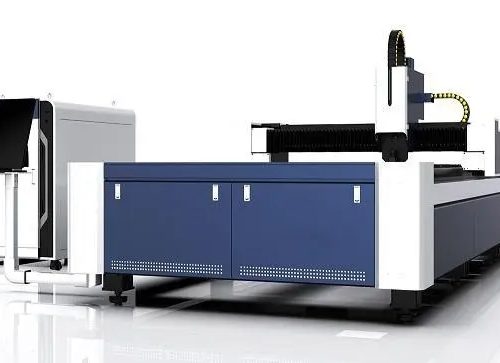
In the metal processing industry, the laser cutting machine, as a leader in the processing industry, is deeply sought after and welcomed by users. In order to make the workpiece processing effect good, the auxiliary gas is an important link in adjusting the cutting process. According to the different materials and thicknesses of the cutting workpiece, the requirements for the use of the auxiliary gas are also different. Here is a detailed introduction to the role of the auxiliary gas and several common cutting auxiliary gases.
Auxiliary gas.jpg
Function of auxiliary gas
A friend who first contacted the laser cutting machine may have a question in his mind, why does the laser cutting machine need to rely on auxiliary gas for cutting? This is because the use of auxiliary gas can blow away the slag in the coaxial slitting, prevent the slag from hanging on the surface of the cutting workpiece, and achieve a good cutting effect; Secondly, the auxiliary gas can effectively cool the workpiece and reduce the heat affected zone; Thirdly, the injection of auxiliary gas can effectively prevent smoke and dust from entering the lens seat to pollute the lens, protect the lens and extend its service life; Fourth, the auxiliary gas matched with the cutting material can react with the workpiece, which has the effect of combustion supporting and accelerates the cutting speed. It is very necessary to use auxiliary gas for cutting, so how to select the appropriate auxiliary gas?
Classification of auxiliary gas
The auxiliary gas of the laser cutting machine is usually air, oxygen, nitrogen and argon.
1. Air
Air is a kind of mixed gas containing nitrogen, oxygen and other gases. The collection method is relatively simple. The air compressor is used to compress it into the gas storage tank, and it can be extracted after filtering, cooling and drying. The cost is small. It is mainly used in the processing of metal sheet. It melts the metal workpiece with the energy of laser, blows away the melt with high pressure, and uses air to assist in cutting the workpiece section, which will produce oxidation reaction and form metal oxide. It is mainly used for cutting metal materials such as carbon steel, aluminum, aluminum alloy, brass and electroplated steel plate.
2. Oxygen
Oxygen cutting can play a combustion supporting role. During the cutting process, the oxygen reaction heat can greatly improve the cutting efficiency. The generated oxide film can improve the beam spectral absorption index of the reflective material, so that the laser energy can be used more effectively and the cutting speed of the laser cutting machine can be accelerated. It is mainly applicable to thick plate cutting, such as carbon steel, stainless steel, alloy metal, etc.
3. Nitrogen
The chemical property of nitrogen is not active, and it is not easy to react with the processed workpiece. It can effectively prevent the oxidation free cutting of the oxide film and the whitening of the incision surface. Nitrogen cutting requires high purity. Nitrogen can be used for auxiliary cutting if the quality of cutting surface is required to be high. It is mainly used for cutting stainless steel, galvanized steel plate, brass, aluminum and other metal materials.
4. Argon
Argon is also an inert gas, which is not active in chemical property and is not easy to react with the machined workpiece. Compared with other auxiliary gases, it has higher use cost and is mainly suitable for cutting titanium alloy materials.
It should be noted that if air is selected as the auxiliary gas, the compressed air should be free of water, oil and dust to prevent the optical lens of the laser cutting machine from being polluted, which may cause deviation of the laser cutting machine pipeline or impenetrability during the cutting process. The cost of nitrogen and argon is relatively high, so the most suitable auxiliary gas shall be selected for use after comprehensive comparison.










